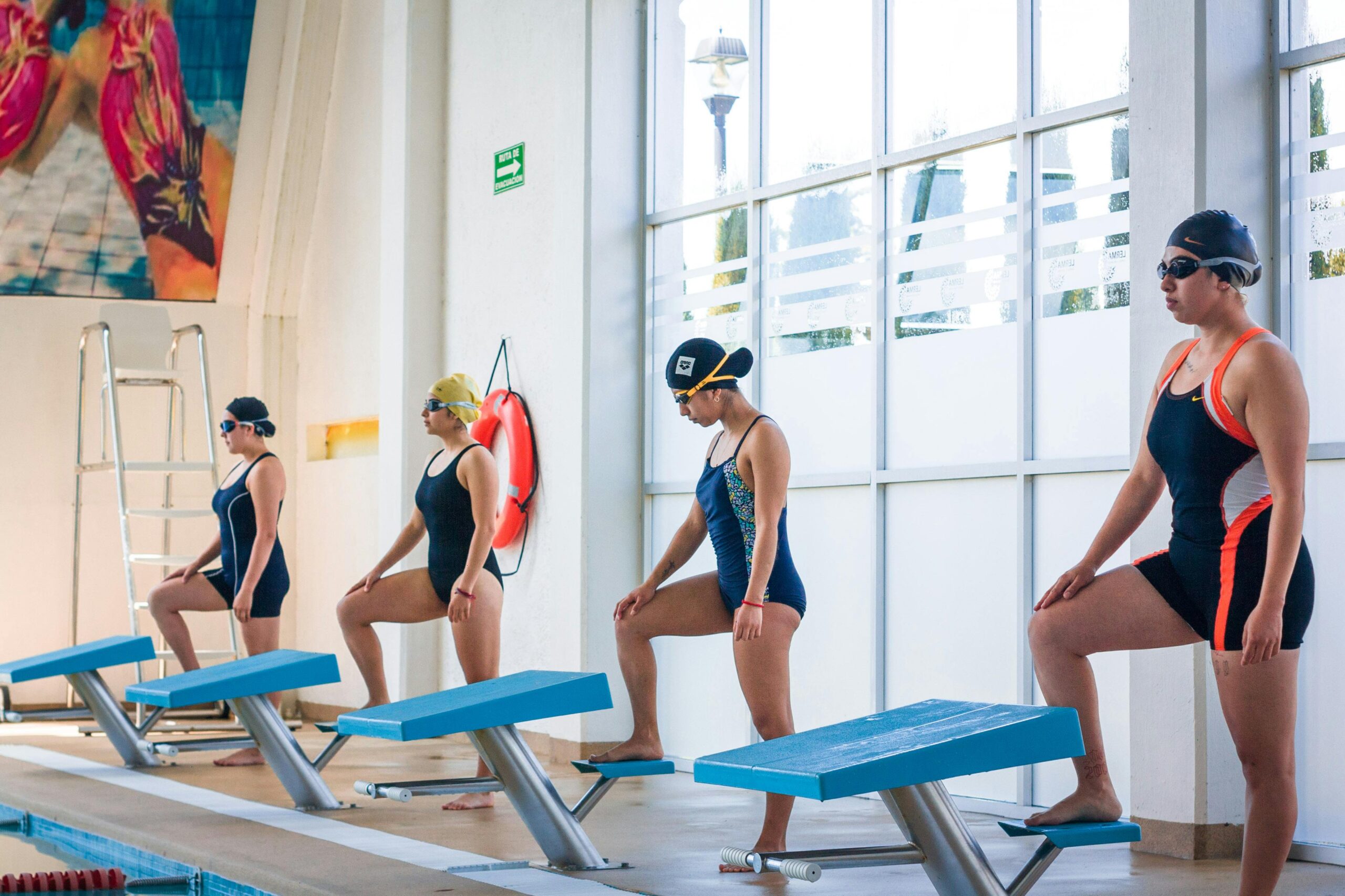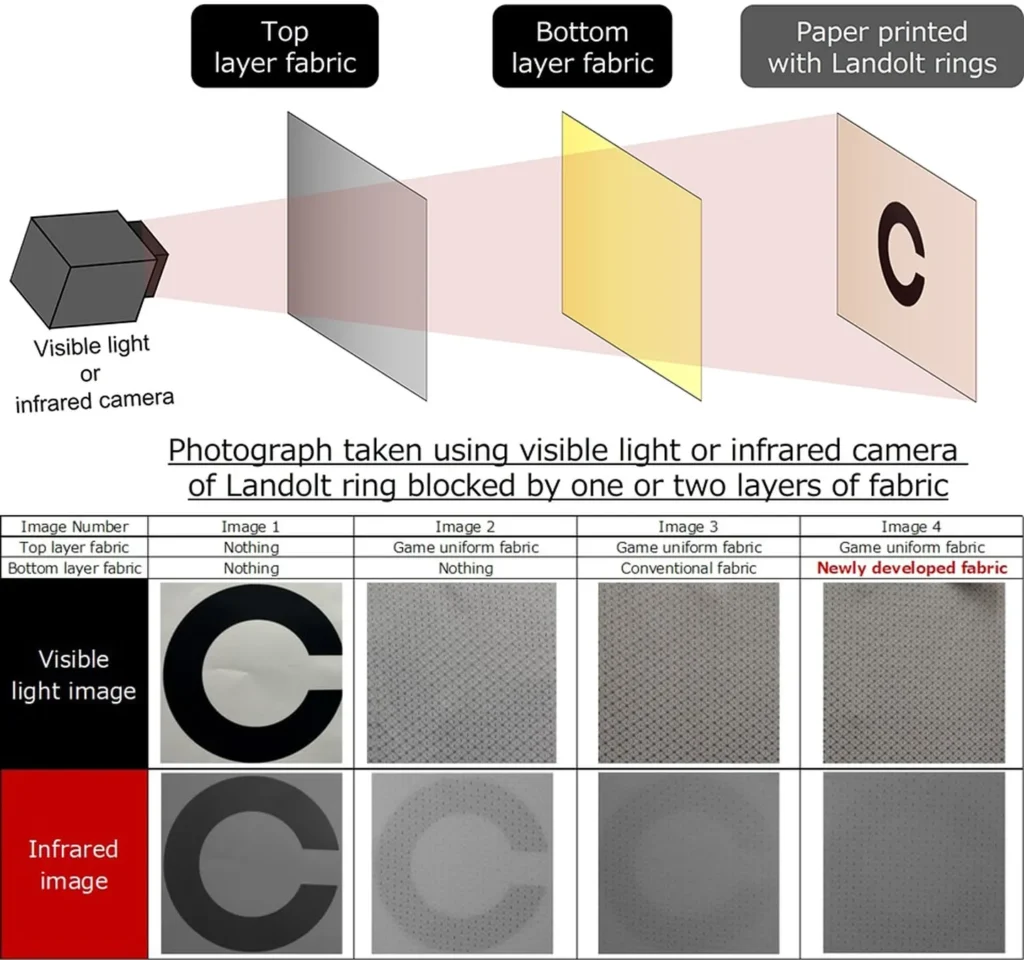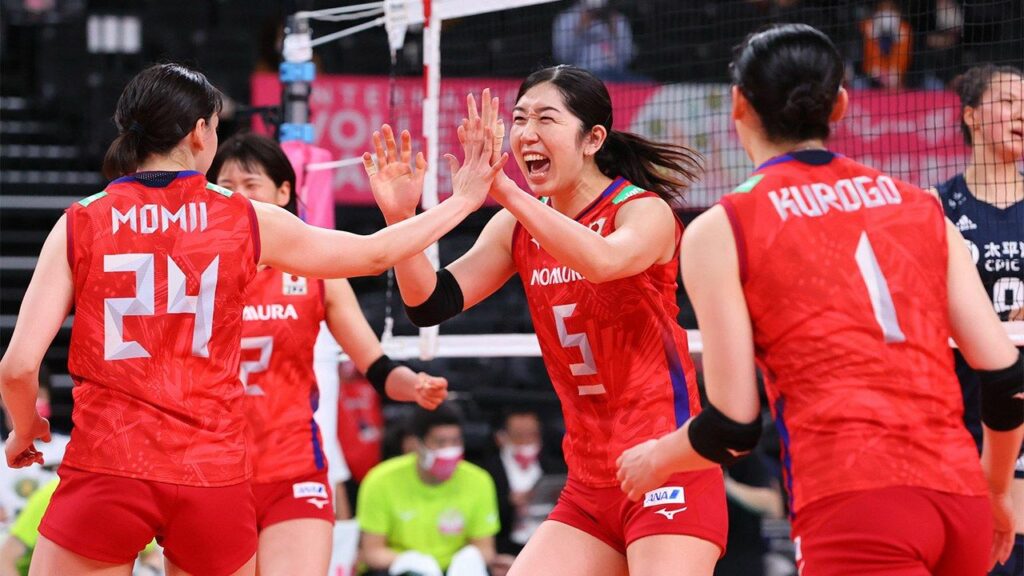Imagine you are an athlete and you are training or competing. Now, imagine that some time after a competition you find pictures of your sexualised body online. You might ask yourself, how did this happen? Surprisingly, through an infrared camera. No, this is not a film from the future. It is an event that happened in the past. And it’s a problem today. And it has a name: photographic voyeurism. The solution: infrared ray blocking fabric.
Photographic voyeurism and the Olympics
“Voyeurism” comes from the word “voir”, which translates from French as “to observe or to see”. And photographic is because cameras are the protagonists of these events. Thus, psychologists and sociologists have come to the same conclusion: looking provokes, generates pleasure and excites.
It all started in 2020, when Japanese athletes went to the Olympic committee of their country because they discovered that during the Olympic Games, images of them had been taken and published, which were then captioned with sexually explicit messages. They later discovered that the reason they had obtained these photographs was because of infrared cameras that could capture images of the naked body underneath sportswear.

Both in night goggles and in certain models of cameras and phones, these devices can show the “invisible”. Photographs taken of athletes revealed the lines of a person’s body and/or underwear. This was facilitated by the use of the thin textiles used in sports clothing, especially by high-performance athletes. The main victims of this type of illegal photography are female athletes, whose photographs are then disseminated on the internet.
Anti-photo voyeurism law
This was the reason why the bill against “photographic voyeurism” became a Japanese law in 2024. It condemns the taking of sexual images and videos of others without consent. Moreover, it includes criminalisation for acts such as “upskirting“, which involves photographing or making videos of women’s private parts in public places such as streets or subways. It is now classified as sexual harassment.
Infrared cameras are a new method of harassment. This is in addition to the complaints of female athletes who have been photographed without their consent for years.
A current issue but with a historical background
Surprisingly, Japan, a country praised for its relatively low crime rate and safety, is not exactly a place where women feel safe, “groping attacks” are becoming more and more frequent in public spaces.
It is very alarming that, during the year 2023, a record number of complaints were filed with as many as 5,700 incidents. All of them related to sexual harassment and non-consensual photographs or videos. Eighty per cent of the images have been taken with smartphones, and it is believed that the proliferation of smartphones has been a clear reason why these numbers have been on the rise. For example, the OnePlus 8 Pro mobile phone has an X-ray vision function.
At train stations in Japan, there are signs warning women about this dangerous practice. It is alarming to learn that perpetrators often approach middle and high schools to take pictures of minors, which they then post anonymously on social media. These images are not only seen by others but, in some cases, are used for financial gain.
How the new infrared-blocking fabric was developed
After Japanese athletes reported this problem, three companies teamed up to find a solution. After experimenting and testing manufacturing techniques, they found a way to make a new fabric that incorporates a material that can absorb light in the infrared range.
It was co-created by Kyodo Printing Co., a leader in composite materials technology, Sumitomo Metal Mining Co., a business specialising in functional materials, and Mizuno, a Japanese sports brand that excels in fabric development and product design.
Technology and garment manufacturing came together to combat this scourge and enable athletes to compete without being exposed to unintentional voyeurism. Thanks to the infrared-blocking fabric, the number of athletes who may fall victim to this type of photography is greatly reduced. In turn, these garments contribute to reducing the carbon footprint of their manufacture.
Until now, Mizuno has focused primarily on high-performance products that support athletes in their quest for more dynamic performance.
Mizuno press release.
The brand shared an infographic in which you can see how the two layers of fabrics co-created by the three companies – Kyodo, Sumitomo and Mizuno – block the possibility of taking such pictures.

Paris 2024 was the venue for Olympic athletes to experience what it is like to compete in high temperatures in garments that have an infrared blocking fabric. The result was a success, and the athletes were able to compete without being victims of photographic voyeurism.





